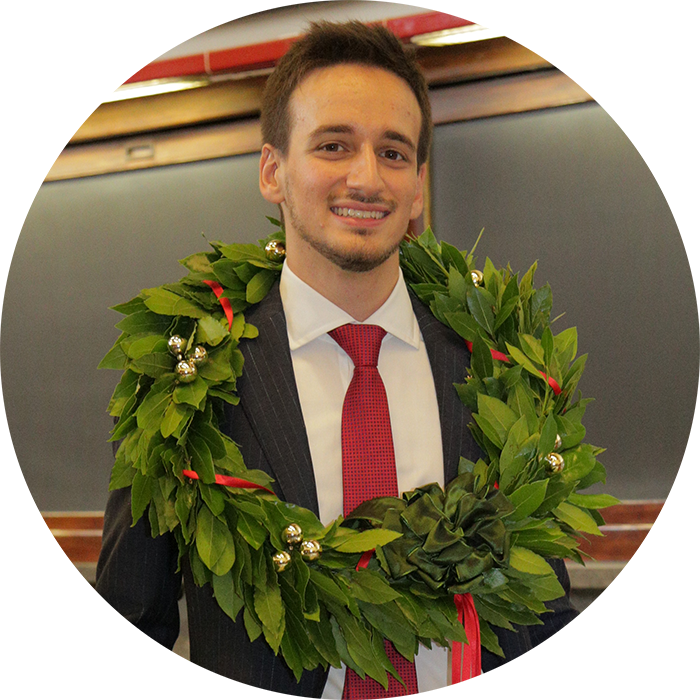Research interests
Research Highlights
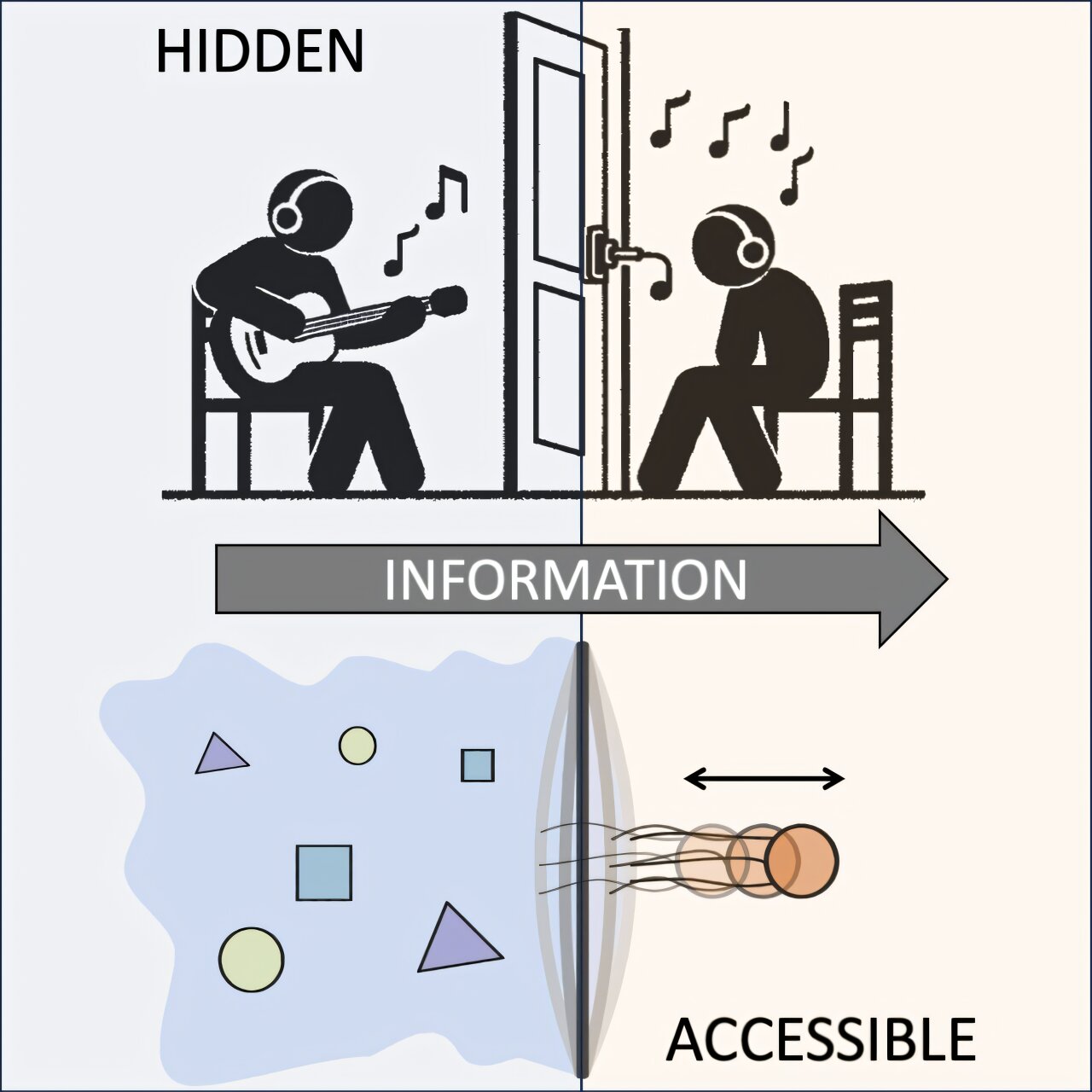
Tuning transduction from hidden observables to optimize information harvesting
Giorgio Nicoletti and D. M. Busiello, Physical Review Letters 133, 158401 (2024) - Editors' Suggestion, Physics Viewpoint
How can we extract information on hidden signals via transduction mechanisms?
Information propagation in multilayer systems with higher-order interactions across timescales
Giorgio Nicoletti and D. M. Busiello, Physical Review X 14, 021007 (2024)
How do timescales shape the information content of complex multiscale systems?
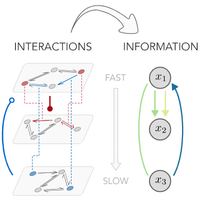
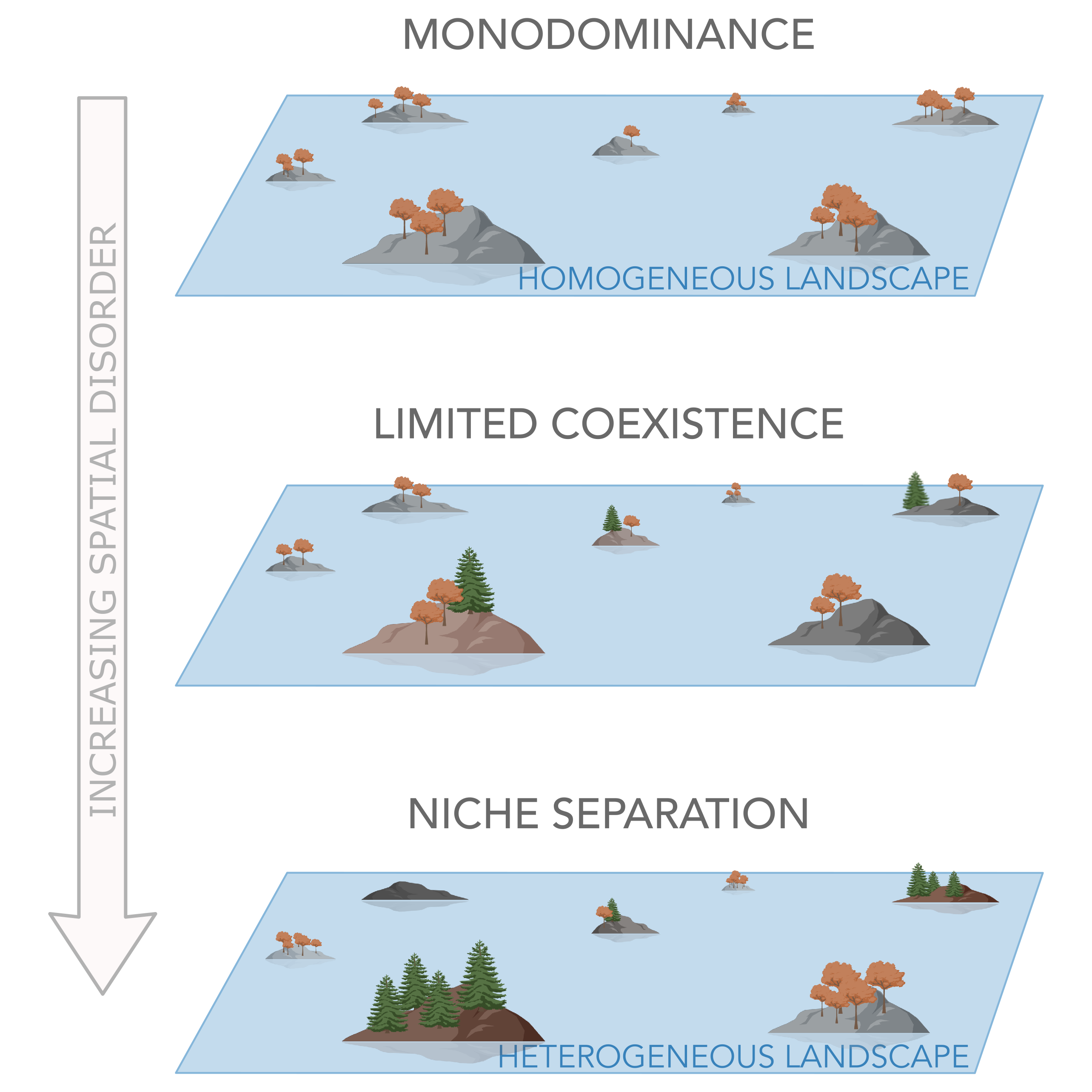
Landscape and environmental heterogeneity support coexistence in competitive metacommunities
P. Padmanabha*, Giorgio Nicoletti*, D. Bernardi*, S. Suweis, S. Azaele, A. Rinaldo, A. Maritan, Proceedings of the National Academy of Sciences 121 (44), e2410932121 (2024)
How can competitive ecological communities survive in complex spatial landscapes?
Prenatal experience with language shapes the brain
B. Mariani, Giorgio Nicoletti, G. Barzon, M. C. Ortiz Barajas, M. Shukla, R. Guevara, S. Suweis, J. Gervain, Science Advances 9 (47) eadj3524 (2023)
How does the newborn brain respond to sounds from the maternal language?
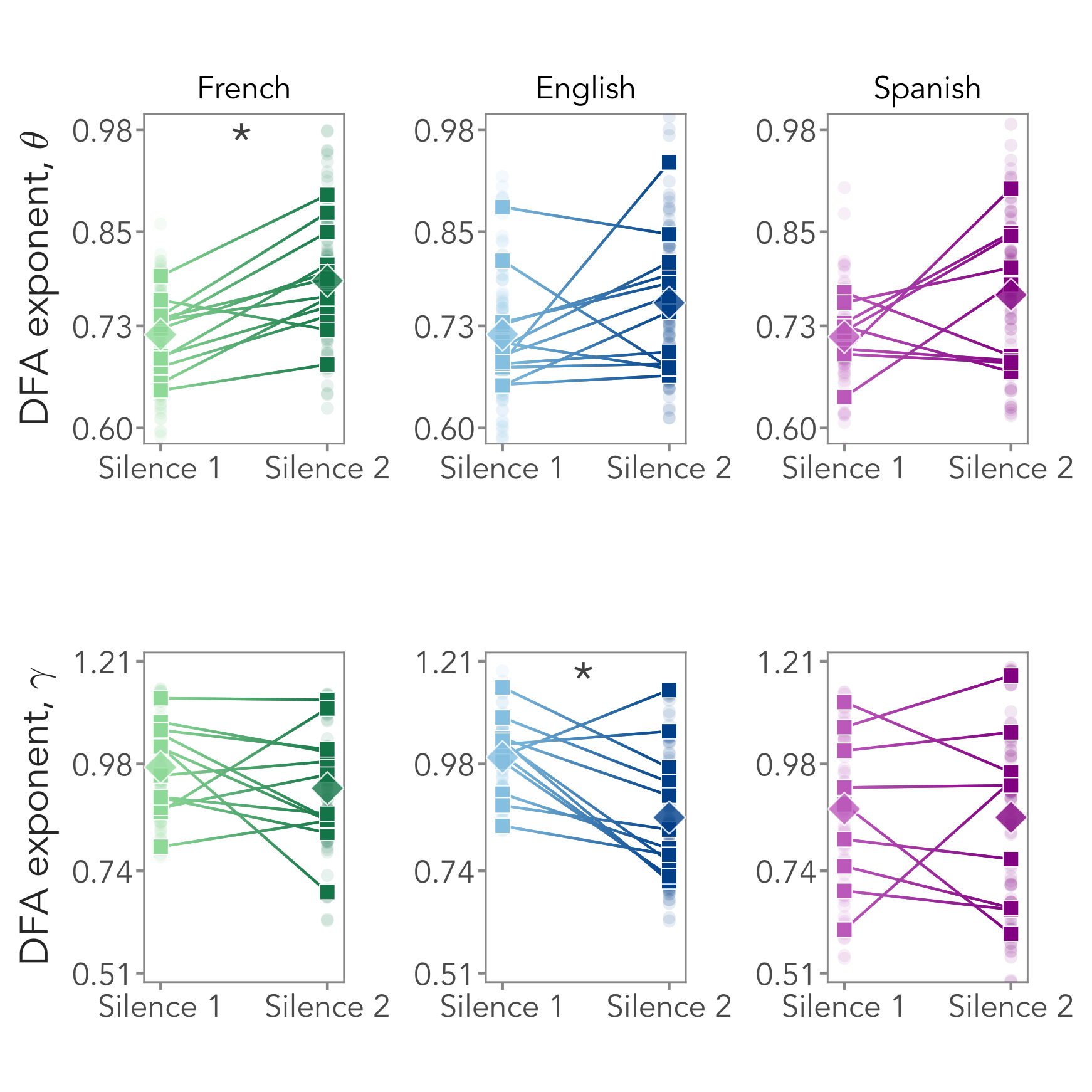
Emergence of Information in Biological and Living Systems
Our work so far has dealt with foundational questions. We have studied how stochastic systems can optimize information harvesting from hidden signals, showing the existence of energy-efficient transduction mechanisms and how our results can be applied to understand the links between flickering and mechanical stress in red blood cells.
We have also investigated how the existence of a spectrum of dynamical timescales shape how information is propagated between the components of multiscale systems, and how it can be used to define functional relationships between different layers of a network.
Finally, we have introduced the idea of information interference in systems coupled with unpredictable and changing environments. We have studied the conditions upon which the information between internal degrees of freedom can be disentangled from the one due to the external environment, and how this can be used to define the concept of effective interactions in complex systems. In general, however, we have shown how information interference emerges from environmental changes, making the system intrinsically context-dependent.
Metapopulation Models for Spatial Ecology
Our work focuses on how spatial features can drastically change the fate of ecological communities. We have shown that landscape heterogeneity can support the coexistence of competing species by fostering the spontaneous formation of ecological niches. Similarly, the connectivity of dispersal network can affect the stability of the system, either helping them survive or pushing them to the brink of extinction. We use methods from the Statistical Physics of disordered systems, allowing us to study the emergence of macroscopic ecological patterns starting from simple microscopic, individual-based rules.
Modeling and Data Analysis for Neuroscience
Our work has focused on understanding the emergence of spatiotemporal patterns in brain dynamics, such as the formation of scale-free neural avalanches and long-range temporal and spatial correlations. We have highlighted how slow drivers of neural activity are necessary for the onset of neural avalanches, and how scale-free neural correlations emerge from LFP recordings in the brain of rodents. We have recovered similar results in whole-brain models on the human connectome, showing how brain-wide oscillations are tightly linked to phase transitions. Finally, we have shown that strong temporal correlations in EEG recordings of newborns are linked to the prenatal experience with language, suggesting that the brain is already shaped by the maternal language before birth.
News & Media Coverage
Excitation-Inhibition balance controls information encoding in neural populations
- Phys.org featured article
Tuning transduction from hidden observables to optimize information harvesting
- Physics magazine viewpoint by the American Physical Society
- Phys.org featured article
Mutual information disentangles interactions from changing environments
- Physics magazine viewpoint by the American Physical Society
Prenatal experience with language shapes the brain
- Coverage by several international news outlets, such as The Times, El Pais, Daily Mail, Le Figaro, Haarez, Corriere della Sera, ANSA, and more
- Coverage by several popular science publications, such as New Scientist, Nature Italy, Le Scienze, PsyPost, Science Alert, and more
- Featuring in BBC's The Naked Scientists podcast
- Press release by the American Association for the Advancement of Science (AAAS)
